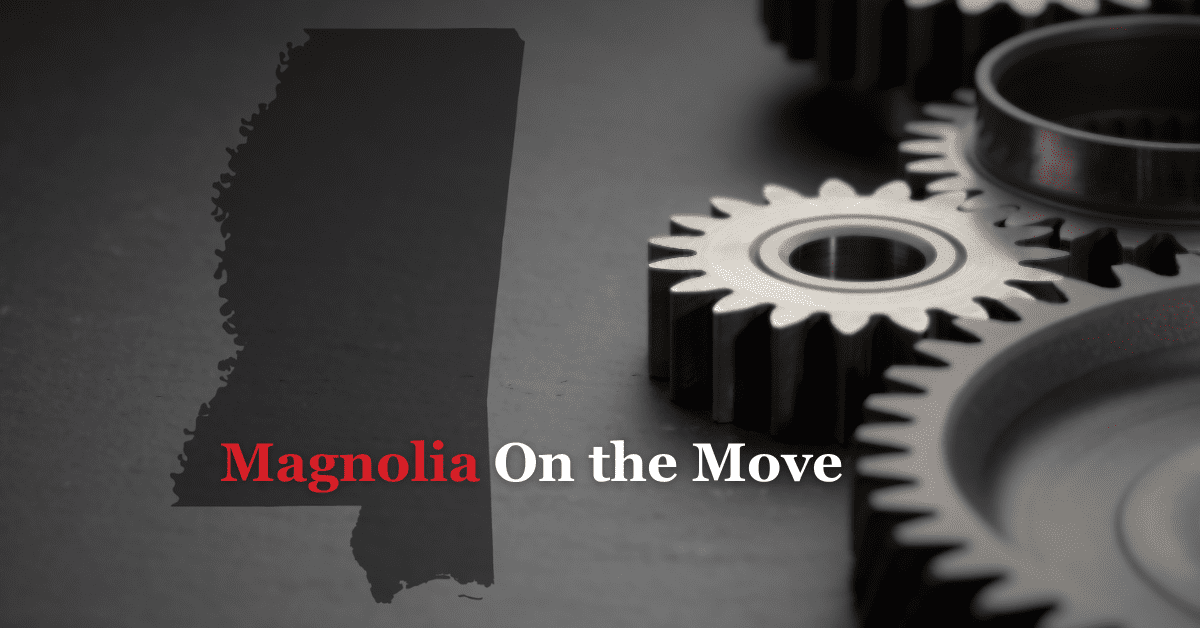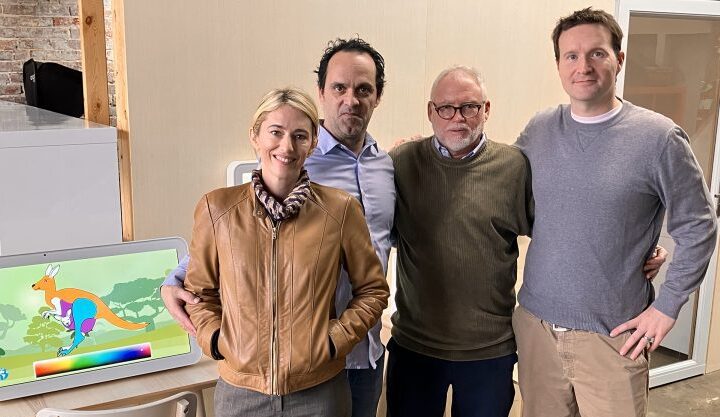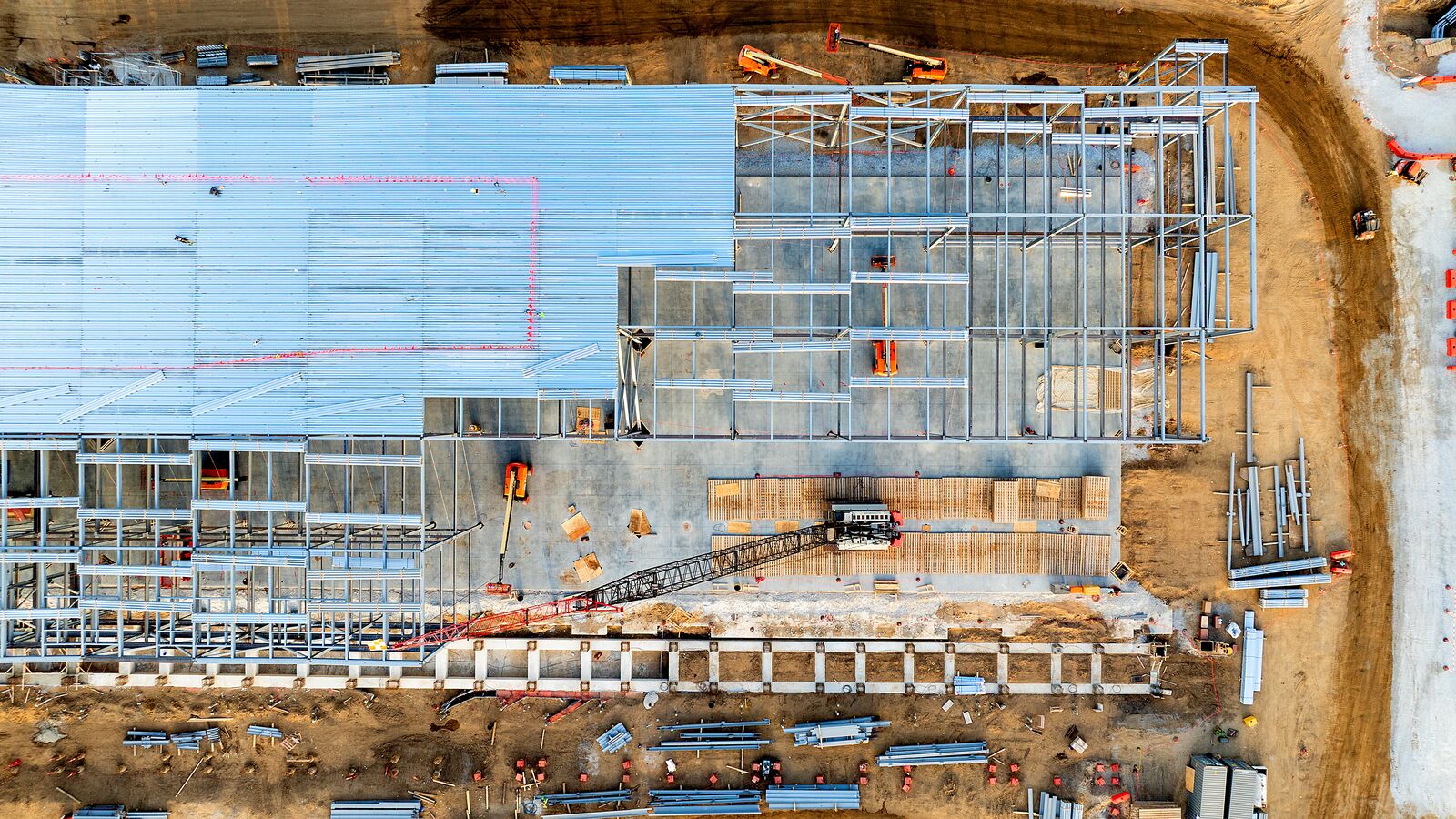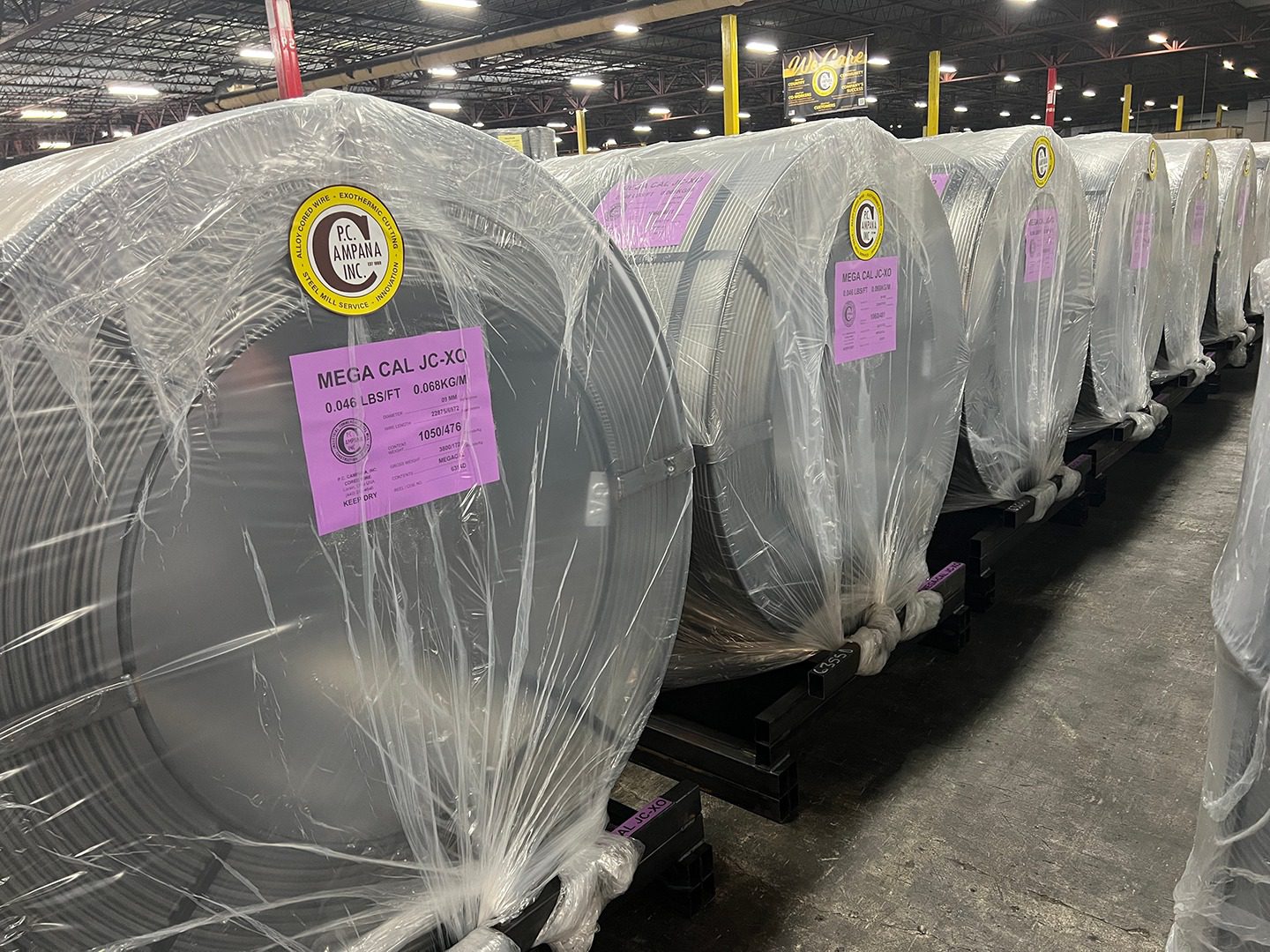
Take a moment and think about yourself and your company. Are you in the right, center, or left lane? Choosing a lane makes a difference in when and how we reach our goals.
For most people, driving to work each day is a lot about choices. Most of us choose the same route every day and most of the time it is the best route.
In my case, when my office was in downtown Jackson, Mississippi, I encountered two primary sets of choices on my trip to work. The first was whether to use the interstate highway or the so-called inner-city route. If I chose the interstate, I had to make a choice of which lane to use. In this column, I’ll discuss those three lanes and how that relates to you and your business or organization.
To use a Stephen Covey phrase, let’s begin with the end in mind. My goal was to exit the interstate highway at Exit 29. That exit is just south of Exit 30, which is just south of Exit 31. Incredibly, these three exits are within one mile of each other and are also just south of an “S” curve known for its traffic-stopping accidents. If you happen to be familiar with Jackson, the area I’m referring to is on Interstate 55 South near downtown. If you are traveling south on I-55 you go through the curve at “The Waterworks,” then arrive at the Fortification Street exit (31), followed by the High Street exit (30) and then the Pearl Street exit (29).
In typical urban interstate motoring fashion, drivers begin jockeying for lanes as they exit The Waterworks curve. Even though Pearl Street – the goal – is almost one mile ahead, it is at the point of coming out of the curve that the choice must be made.
Drivers who choose the right lane find that it becomes congested quickly. There is a good reason for this. Between Fortification Street and High Street, a fourth lane is added to the mix because there are drivers entering the highway from Fortification Street who are interacting with those who are getting off to take the High Street exit. The entering drivers are accelerating, while the exiting drivers are decelerating. It makes for an interesting sight. If you have ever watched a NASCAR race and seen all the cars attempt to make a seven-second pit stop at the same time, you know what I mean.
Some drivers choose the middle lane in the hope of passing the slower cars in the right-hand lane and then making a lane change at an appropriate point. If a center-lane driver is lucky, he or she can drive farther down the road then get beside a right-hand lane car and match its speed. If the right-lane vehicle takes the High Street exit, then the center-lane driver just moves over to the right lane as if pulled by some giant, invisible rubber band. The beauty of this maneuver is that the move can be accomplished without making anybody angry. On the other hand, if they are not able to maneuver into position, they might wind up on Highway 49 heading for the Gulf Coast.
Another set of drivers chose the left lane. They pass all the vehicles in the center and right lanes, then at the last minute they cross both lanes and take the Pearl Street exit. You should see the obscene gestures at this exit during rush hour.
One day it occurred to me that people and organizations were like the drivers described above. Some are in the right lane of life, some are in the center, and some are in the left lane.
Those in the right-hand lane of life prefer the sure and steady route to their goal. They do not make anybody else mad. Sometimes they will even let other people cut in front of them. They are perfectly positioned and like the tortoise in the fable, they will reach their goal in time while others are dilly-dallying about in sometimes vain attempts to get ahead.
Those in the center lane are a bit more adventurous and impatient. They are willing to take a few more risks knowing that if they are crafty there will probably be an opening that pops up and allows them to get in line for the goal way ahead of where they would have been if they had chosen the right lane. They are also willing to accept the consequences of their choice should something go wrong. They won’t achieve the goal. Still, they are content knowing that no one else is angry at them.
Finally, some of us are in the left lane of life. We go full speed, make sudden changes to reach our goals, cut in front of others, and don’t mind how many bodies are left along the way. It doesn’t matter whom we destroy because we come in first.
Before closing, please allow me to point out that I am not saying that one lane is preferable to the other. One is not right and the other is wrong. It is really all about perspective.
Take a moment and think about yourself and your company or organization. Are you in the right, center, or left lane? Now think about your customers, clients, and stakeholders. Which lane are they in?
After all, choosing a lane makes a difference in when and how we reach our goals.











